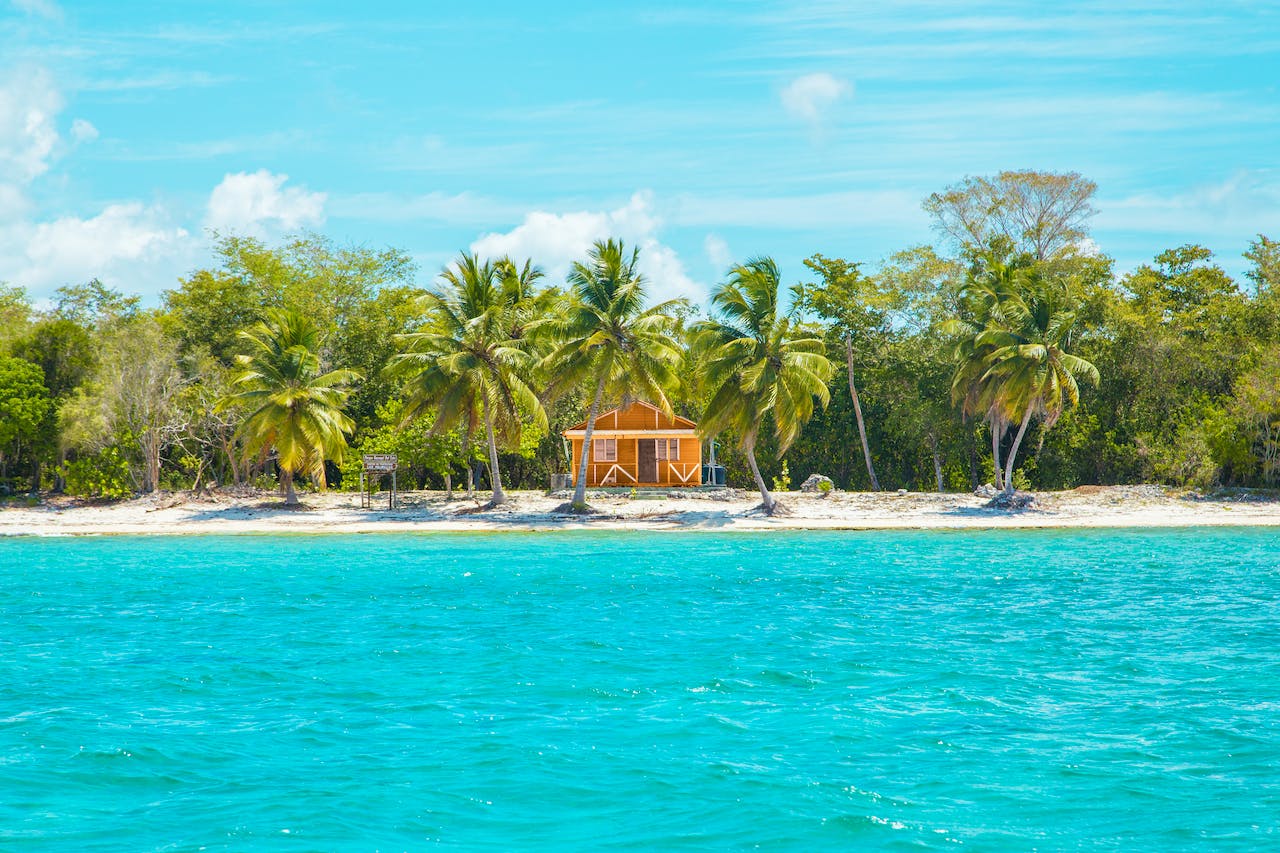The Caribbean is renowned for its pristine beaches, vibrant culture, and lush landscapes. Visually, it looks like a fairytale paradise. Yet, when planning a trip to this enchanting region, safety concerns often arise. The best destinations, after all, are those that offer not only respite from everyday life but also peace of mind. Here we offer some help with deciding which Caribbean location is best for vacationing. Explore the safest Caribbean islands, taking into account both crime rates and hurricane seasons.
A harmful narrative that is often spread about the Caribbean people is that since they do not have the wealth and resources that Western giants like the United States boast, they are not inherently unsafe. However, economic factors do contribute to there often being more misdemeanors in the Caribbean than in other parts of the world. Practicing basic safety measures and exercising caution will always be necessary. No matter where you travel though, it is completely reasonable to be concerned about the safety of the group you are traveling with. This is even more concerning when traveling out of the country. Knowing the crime rate and when hurricane season occurs in these countries is a great way to figure out when and where you should plan a trip.
Anguilla
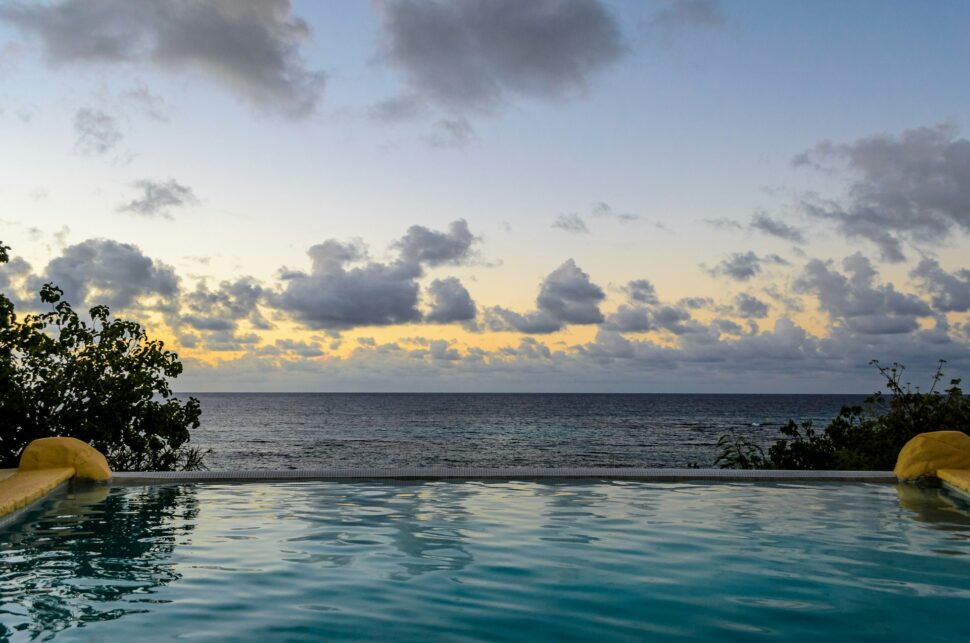
Nestled in the northern Caribbean, Anguilla consistently ranks as one of the safest islands in the region. A strong commitment to maintaining a tranquil environment by local law enforcement makes it an ideal choice for travelers seeking serenity. Weather concerns stretch from June to November. The season’s peak is in September and October. Traveler’s should expect most places to be closed at this time due to the potential inclement weather. U.S. News Travels reported that the best time to travel to this country is between the typical vacation months of May and August.
Bonaire
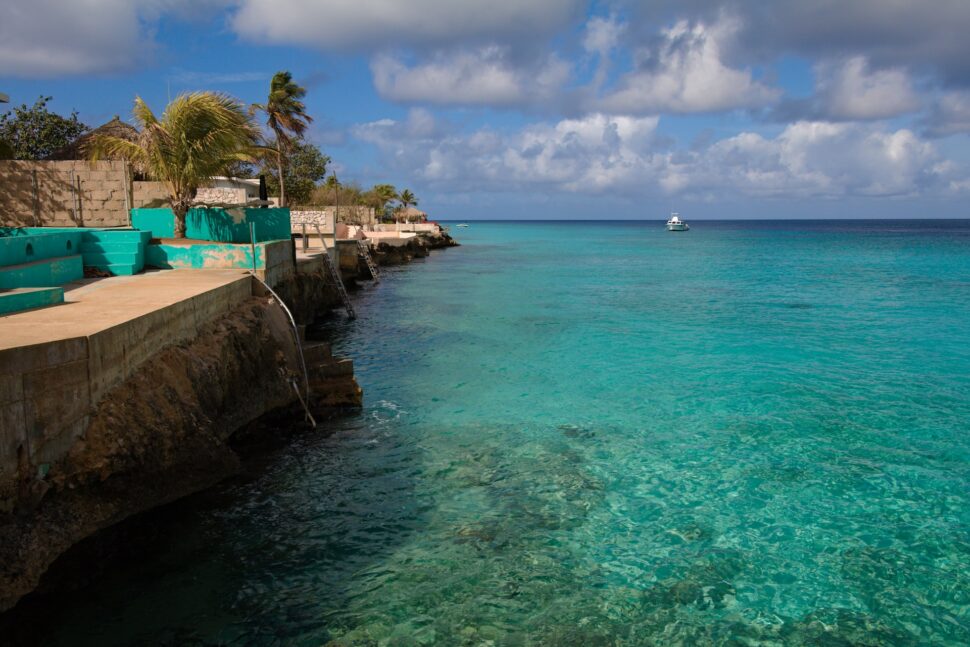
In the Dutch Caribbean, Bonaire offers not only unparalleled diving opportunities but also a high reputation for safety. Bonaire is also outside the general area considered the hurricane belt, so when it does hit, the country usually is hit indirectly. This still comes in the form of high winds, heavy rain, and rough currents during the season from June to November (again peaking in September and October). Luckily, the island’s effective preparedness ensures visitors can explore with peace of mind.
Aruba
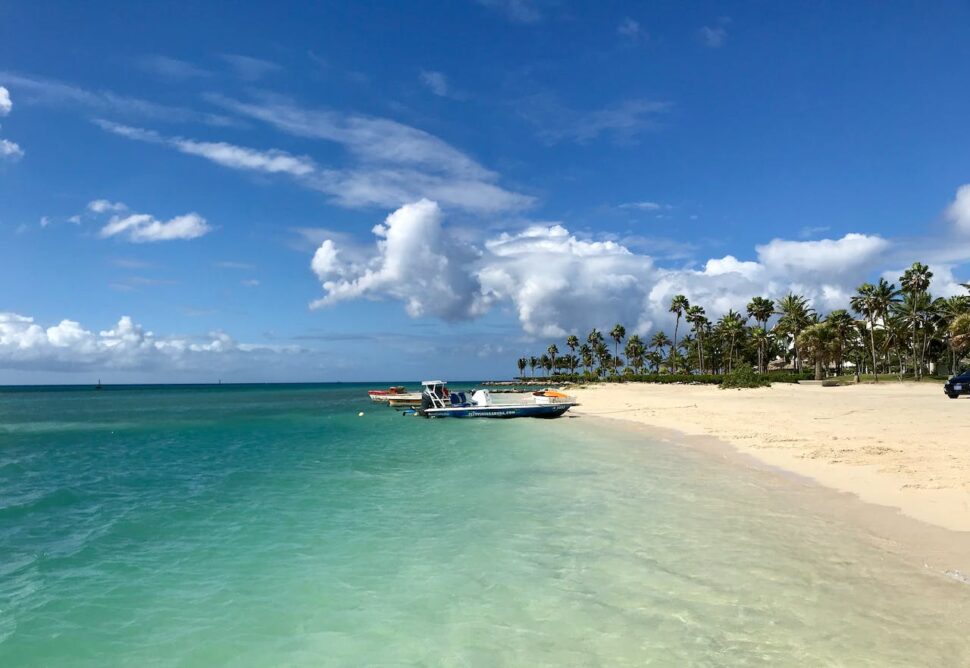
Aruba is known for its warm hospitality and for being safe for tourists. However, theft or pickpocketing can occur particularly in tourist areas. Taking standard safety measures, like safeguarding valuables, locking accommodations, and being cautious in crowded places, is advisable. Aruba is located in the Southern Caribbean, which is less prone to direct hits by inclement weather compared to islands further north. The island’s location outside the belt also means that it is less frequently affected by major storms. There can of course be indirect hits to the island to be cautious of, especially during peak weather season.
Barbados

Barbados consistently ranks as one of the safest islands in the Caribbean. With a strong police presence, well-developed tourism infrastructure, and a commitment to safety, it offers visitors a worry-free experience. Violent crime here is rare. However, there are petty crimes like theft that occur sometimes in high tourist areas. This is again a reminder that being vigilant about your belongings, avoiding poorly lit or isolated areas at night, and using common-sense safety measures can help prevent potential issues and should be done everywhere. In terms of hurricanes, Barbados is located further east in the Caribbean. This makes it so the island does not take on as many direct hits from storms, but rather indirect hits.
Curaçao

The “C” in the ABC Islands, Curaçao is another safe destination in the Dutch Caribbean. The crime rate there is considered moderate, with the petty crimes that often take place in crowded areas topping violent crimes. Curaçao is also located outside the belt, so worrying about indirect hits in the form of heavy rain and strong wind throughout the hurricane season is the most travelers should be concerned about weather-wise. A combination of low crime rates and its location outside the belt makes it an attractive choice for travelers.
Grenada

Grenada, often referred to as the “Spice Isle,” is celebrated not only for its aromatic spices but also for its safety. Its geographic location reduces the risk of hurricanes, putting indirect hits again at the top of lists of concerns. The crime rates remain relatively low as well. The rate of serious violent misdemeanors is considered uncommon in Grenada, but petty pickpocketing and theft is where travelers should stay alert. However, this alertness is necessary due to the high number of tourists and not necessarily the nature of the island.
Turks and Caicos
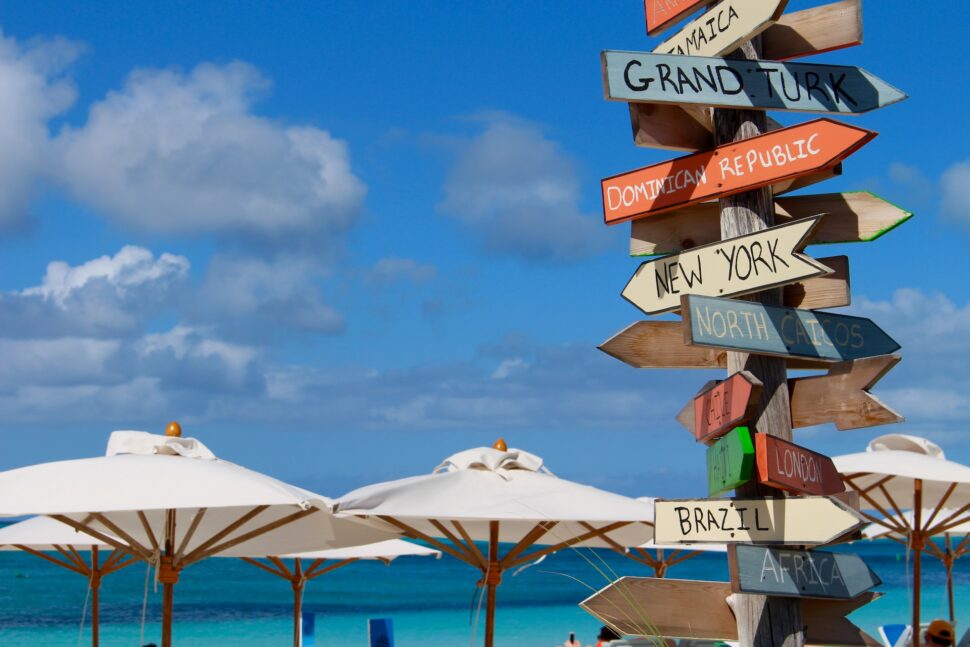
The Turks and Caicos Islands, particularly Providenciales, offer a haven for beach lovers. As of 2022, the crime rate is reported to be relatively low. The most common crime occurring here is “opportunistic burglary” or petty crimes like theft. Travelers can also feel safe at Turks and Caicos as the island has not been hit directly by a hurricane in decades. The most you are likely to run into is a delayed or canceled flight due to heavy rain or wind. Keep that in mind as well as the fact the island is subjected to the Atlantic hurricane season spanning from June to November when planning to visit.
Saint Barthelemy (St. Barts)
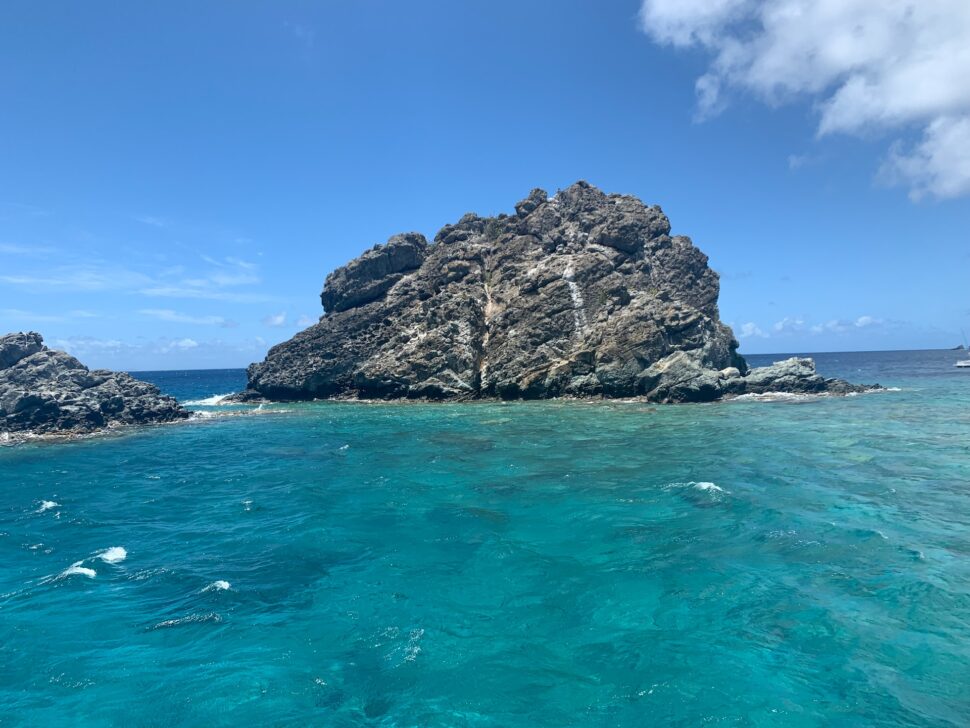
St. Barts, a French Caribbean gem, is renowned for its safety. Low rates of serious crimes against tourists, a luxurious atmosphere and effective hurricane preparedness make it an attractive destination. However, like the other Caribbean islands on this list, travelers will want to remain vigilant of their belongings as theft in touristy areas is possible. Additionally, St. Barts is unlikely to receive direct hits from hurricanes, but staying cautious of the weather coming in from surrounding areas is key for the safest and easiest traveling.
Martinique
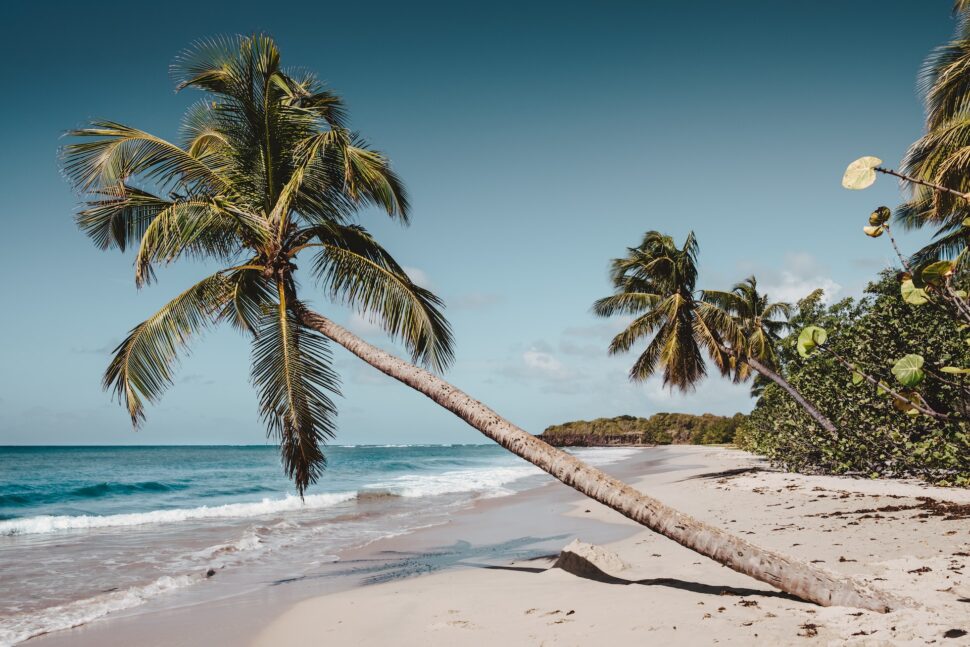
Martinique is a French Caribbean island that combines culture, natural beauty, and safety. It is another island on the list that is considered to have a moderate crime rate, with violent crime being relatively rare. The Government of Canada did report though that travelers should be wary of theft, purse snatching, or theft from cars. This can be avoided by staying alert, not walking alone at night, and not carrying important items/valuable possessions in your person. In terms of hurricanes, Martinique is another island that mainly sees indirect effects from hurricanes rather than direct hits. It is still important to be mindful of the weather during the Atlantic hurricane season.
Dominica
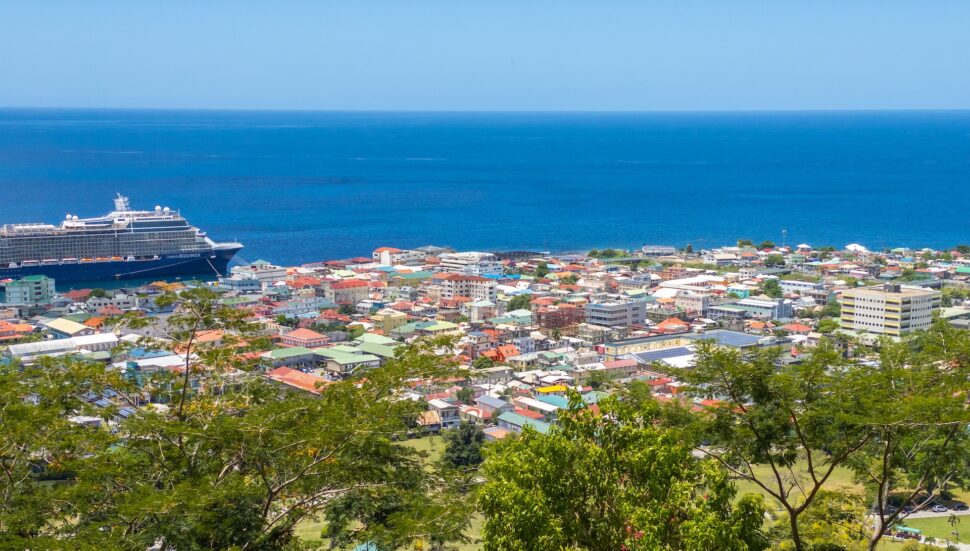
Dominica is a Caribbean island known as the “Nature Isle of the Caribbean.” It consists of lush landscapes and a friendly atmosphere. The island’s community bonds create a safe environment for travelers. It is still important to employ traveling caution though, as petty crimes in high tourist areas are possible. The island is, however, located in the path of hurricanes along the Atlantic. The island can experience severe storms, heavy rainfall, and strong winds during this period. It is important to remember that this area’s hurricane season is between June and November with it peaking in September and October. Keeping an eye on the forecast is necessary when planning to visit Dominica.
People Also ask
Are Caribbean Islands safe? The Caribbean is home to an array of exquisite destinations, and while safety concerns are valid, many islands in the region have taken significant steps to ensure a secure environment for visitors. When planning your Caribbean getaway, research the latest travel advisories and consider the islands that align with your safety priorities. Whether you seek tranquil beaches, vibrant culture or adventurous landscapes, the Caribbean offers a haven of safe and captivating destinations.
